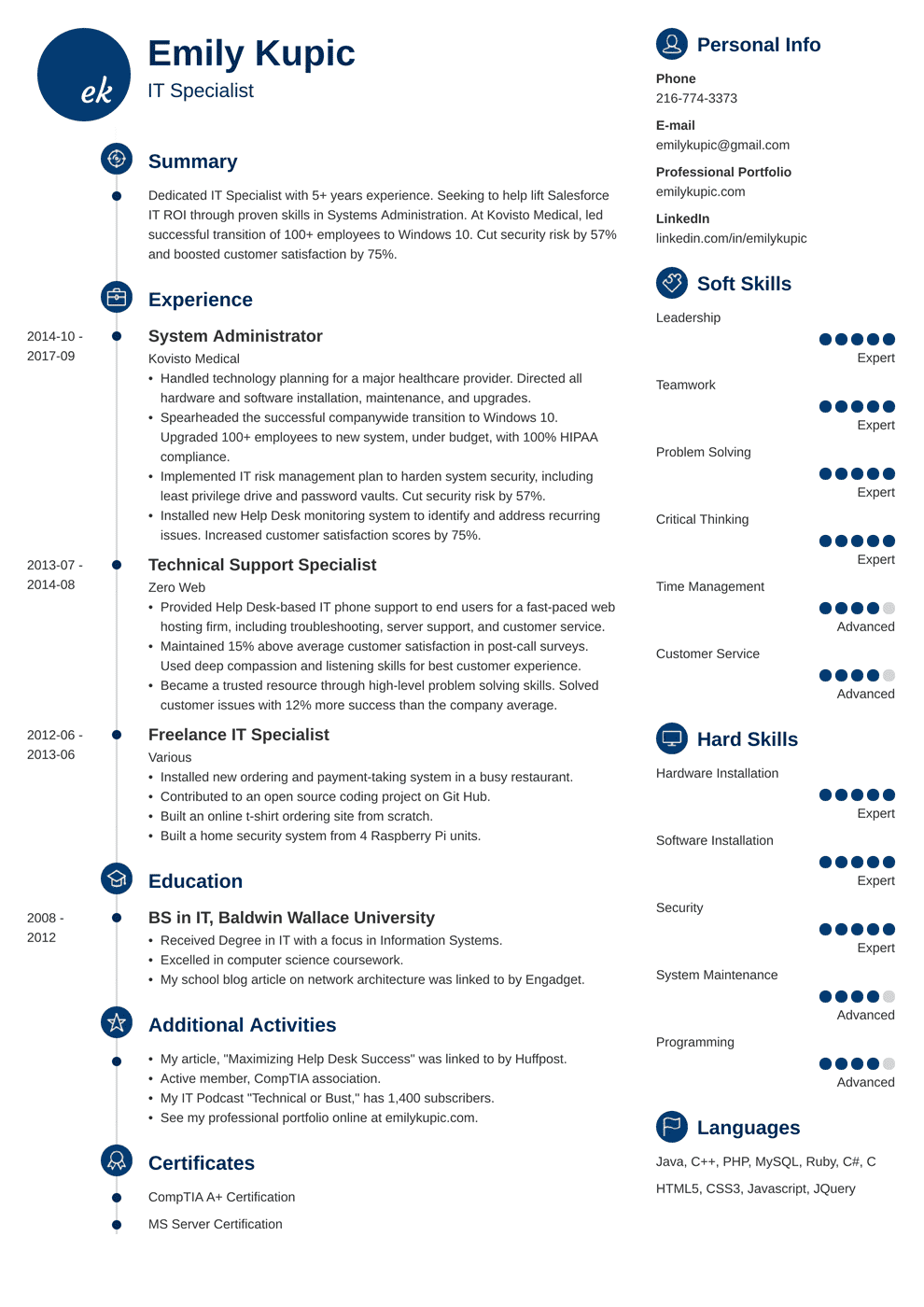

Be certain that what you are highlighting matches not only what you’ve done in the past but also what you want to do in the future. One word of caution about headlines-and, in fact, about everything that you include in your resume.

The first line, “Human Resources Director,” positions her for the level of job she’s targeting the second line communicates the breadth of her experience, from startups to high-growth organizations and the third line, “Positioning HR as a Business Partner for Excellence,” is what we refer to as a branding statement, her unique value proposition.

Loretta Danielson, we’ve used a three-line headline. (The resumes are both linked to each person’s name, and appear at the end of the article.) Leslie Grant, followed by three short, bulleted statements that summarize her key areas of expertise. In the two sample resumes that accompany this article, you’ll immediately notice the relevant headlines: “Human Resources Manager” for Do you have an industry specialization? Any distinguishing credentials? Experience with a hot-button HR issue? With just a few words, you can quickly convey relevant and valuable information about yourself that will set you apart from other candidates. Those headings don’t communicate any information, while your headline instantly does.Īfter you’ve written your headline, think about adding one or two subheadings to further define your expertise. Your headline statement replaces the now outdated “Career Summary” or “Professional Profile” heading that you may have used in the past to begin the summary section of your resume. With just a quick glance, readers instantly recognize that you’re an HR generalist, an employee and benefits specialist, or a senior HR and organizational development executive. Immediately following that, include a headline statement that tells readers “who” you are professionally in regard to your current career objective. Of course, your resume will start with your name and contact information (phone number and live links to both your e-mail address and LinkedIn profile) prominently positioned at the top of the page. These seven "rules of the resume road" are applicable to all HR professionals, managers and executives. While there's no formula or single template to use in crafting an HR resume, there are certain guidelines that will help you write, format and design a resume that will showcase your greatest talents, accomplishments and value to a potential new employer.
BEST IT RESUMES PROFESSIONAL
The answers to those questions and many others should be the foundation upon which you build your resume and brand yourself for new professional opportunities. Why are people going to remember you? Why will people want to hire you? What is your unique value to a new employer? It can be difficult to take a step back and look at your career objectively to identify what makes you uniquely qualified and distinctive from other candidates.

No matter how many hundreds, or even thousands, of resumes you've reviewed throughout your HR career, writing your own resume is always a challenge.


 0 kommentar(er)
0 kommentar(er)
